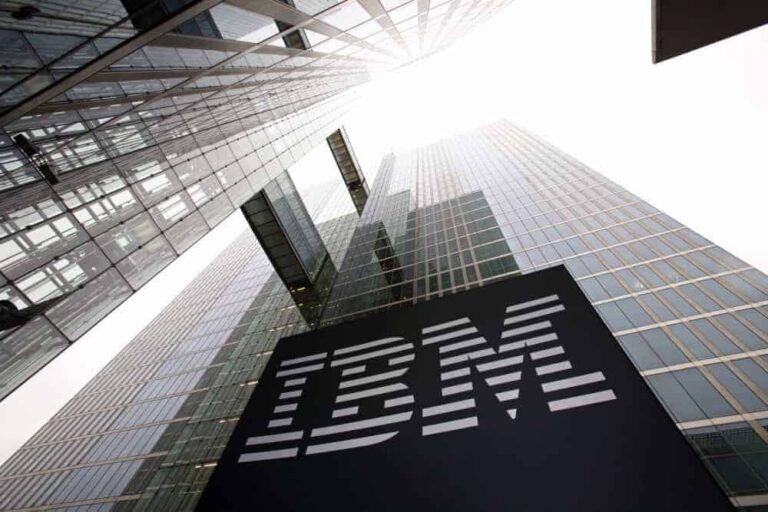IBM is collaborating with Cockroach Labs to help mainframe users modernize business-critical applications. The two companies have signed an OEM agreement to integrate CockroachDB, the distributed relational database with PostgreSQL compatibility, into IBM’s hybrid infrastructure.
According to The Register, IBM aims to enable organizations to use cloud-native databases on systems such as LinuxONE, Linux on Z, Power Systems, and Red Hat OpenShift.
The collaboration should make it easier to migrate workloads to modern environments without having to completely rewrite core applications. According to Cockroach Labs, the move is in line with the growing demand for flexible, distributed databases that can run both on-premises and in the cloud. IBM brings decades of experience with mainframes, while Cockroach Labs focuses on cloud-native data platforms with high availability.
CockroachDB was developed as a modern, scalable database that runs on a distributed file system and provides an interface largely compatible with PostgreSQL. Although IBM offers Db2 in the cloud, that version does not have the same features as the mainframe variant. With this collaboration, IBM aims to offer customers a broader portfolio for hybrid and cloud environments, while allowing them to retain their existing infrastructure.
According to Cockroach Labs, there is significant interest among companies that want to develop new cloud applications without abandoning their existing mainframe systems. By using CockroachDB on LinuxONE or Linux on Z, organizations can modernize within their trusted IBM environment. This allows them to transition to a modern, distributed database without giving up their hardware investments.
No major code changes
The database supplier works with various partners who automate migrations from mainframe environments. This would allow moving applications without major code changes. However, experts have reservations about this promise. They point out that data conversion is often the easiest part of a migration, while code conversion remains complex and risky. For many large IBM customers, particularly in sectors such as banking, Db2 therefore remains the trusted choice for business-critical workloads.
According to analysts, Db2 is not likely to disappear anytime soon, but CockroachDB could be an attractive option for organizations developing new applications with a cloud-first strategy. The combination of IBM’s infrastructure and the flexibility of a modern PostgreSQL-compatible database could facilitate that transition.
Cockroach Labs also recently presented a benchmark in which CockroachDB outperformed Oracle’s Globally Distributed Database in terms of resilience. The company emphasizes that the test methodology is entirely public, allowing other parties to verify the results. In doing so, Cockroach Labs wants to demonstrate transparency in a market where performance tests are often viewed with skepticism.
